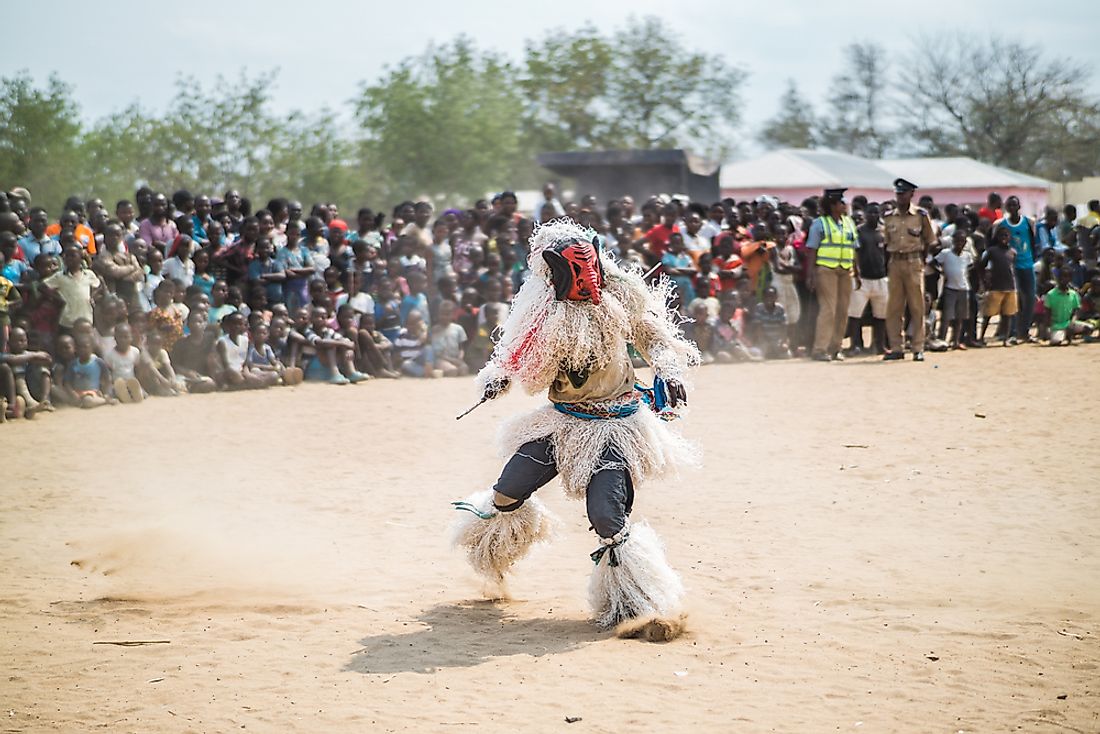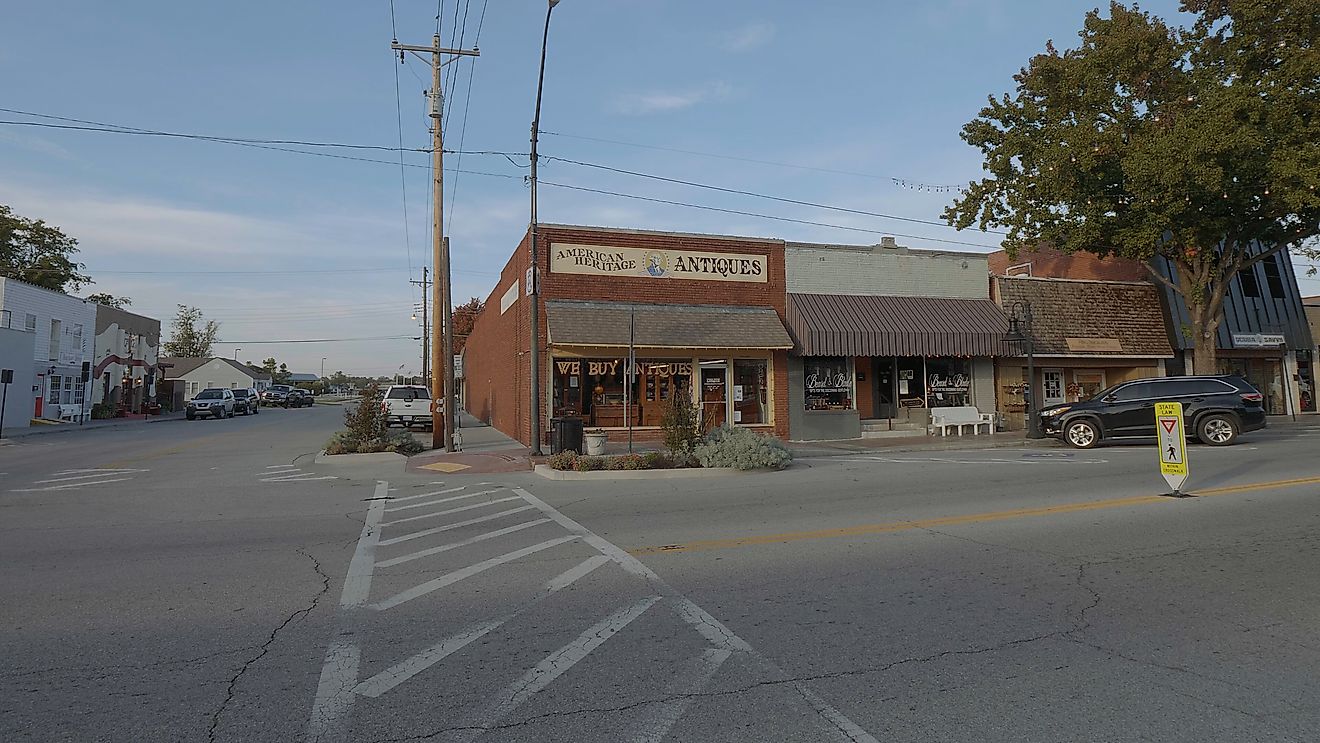The Culture Of Malawi

The African country of Malawi is located in the southeastern part of the continent. Historically, it was known as Nyasaland. The diverse ethnic groups of Malawi contributes to the richness of its culture. Despite the existence of many ethnic communities, there is hardly any tension between these communities. The generous and peaceful nature of Malawi’s people has given the country its nickname of "The Warm Heart of Africa”.
6. Ethnicity, Language, And Religion
Malawi is home to a population of 19,842,560 individuals. Many different ethnic groups live in the country including the Chewa, Lomwe, Yao, Ngoni, Tumbuka, Sena, Tonga, Nkhonde, and others. English is the official language of Malawi. The distinct ethnic groups of the nation also speak their own indigenous languages. Most Malawians are Christians. 27.2% of the population of the country comprises of Protestant Christians. Catholic Christians and Christians adhering to other denominations of the religion account for 18.4% and 41% of the country’s population, respectively. Muslims comprise 12.1% of Malawi’s population.
5. Cuisine

Malawi has a diverse cuisine. The country's different ethnic groups having their distinct cuisines. Potatoes, sorghum, corn, sugar, fish, goat meat, beef, coffee, tea, etc., are important components of the cuisine. Lake Malawi is the largest source of fish in the country. Chambo, usipa, and mpasa are some of the most commonly consumed varieties of fish. The staple meal of the cuisine is called Nsima. It consists of a ground corn dish served with meat, vegetables, and beans. Kachumbari (a tomato and onion salad) is very popular. Thobwa is a popular local drink and is made from fermented white maize or sorghum. Kondowole is a sticky meal made from cassava flour and water.
4. Literature And The Arts
Like most African countries, Malawi has a rich heritage of oral literature. It includes folktales and legends, myths, poetry, war stories, religious chants, etc., that have been passed from one generation to next by word of mouth. Written literature developed in the country much later.
A number of art and craft products are produced by Malawian artists and either sold to the tourists or utilized for other needs. Wood carving and pottery are two of the most common crafts produced in the country. Malawi’s indigenous ethnic groups also have a rich tradition of mask carving and basketry which are often used in traditional ceremonies. Oil paintings are also produced in urban centers.
3. Performance Arts

The different tribes of Malawi have their own individual styles of music and representational dances. Common musical instruments include drums, rattles, shakers, mambilira, etc. The Gule Wamkulu is one of the most famous folk dances of the country. It is a ritual dance performed during special ceremonies like weddings, initiation ceremonies of boys into adulthood, etc. Vimbuza is an important dance for the Tumbuka people. It is used for healing and cleansing rituals and summoning spirits. Ingoma is a war dance of the Ngoni people and is performed on special occasions.
2. Sports
Football is Malawi’s most popular sport. It is played both professionally and informally throughout the country. Malawi has its own national football team. Netball is a popular game for Malawi’s schoolgirls and the Malawi national netball team has performed significantly well in international tournaments. Basketball, volleyball, cross-country running, athletics, etc., have also received a lot of attention in Malawi.
1. Life and Society
Malawian society tends to be patriarchal in nature. Men rule society and usually head the households. Women are expected to manage household chores and children. Men are regarded as the breadwinners. Many more men than women are literate and employed in Malawi. Women are expected to obey their fathers, husbands, and brothers, and have little say in financial matters. Gender-based wage differences are also prominent in society.
Marriages in Malawi are usually arranged by the families of the bride and the groom. Polygamy is not uncommon and a man who is economically stable often keeps more than one wife. Dowry is given by the bride’s family to the groom. It is usually in the form of livestock or other valuables. Larger women are preferred for marriage in Malawi as size is compared to wealth in the Malawian society. Larger women are believed to come from wealthier families who can give heftier dowries to the groom.
The Malawian society is quite harsh on women. Initiation ceremonies are held at a girl’s onset of puberty and she is taught her duties as a woman since then. Divorces are becoming increasingly common but many men see it as an opportunity of discarding one wife and marrying a new one. Divorced women are often stigmatized and live in poverty.
Households in Malawi tend to be of the extended nature. Several generations often live together. The bride usually moves in with the groom’s family. Children are highly valued and the average woman bears five to six children. Infant mortality rates are high in the country due to widespread poverty and poor access to healthcare facilities. Children are taught to assist their parents in work from an early age. The literacy rate is lower among girls than boys.











